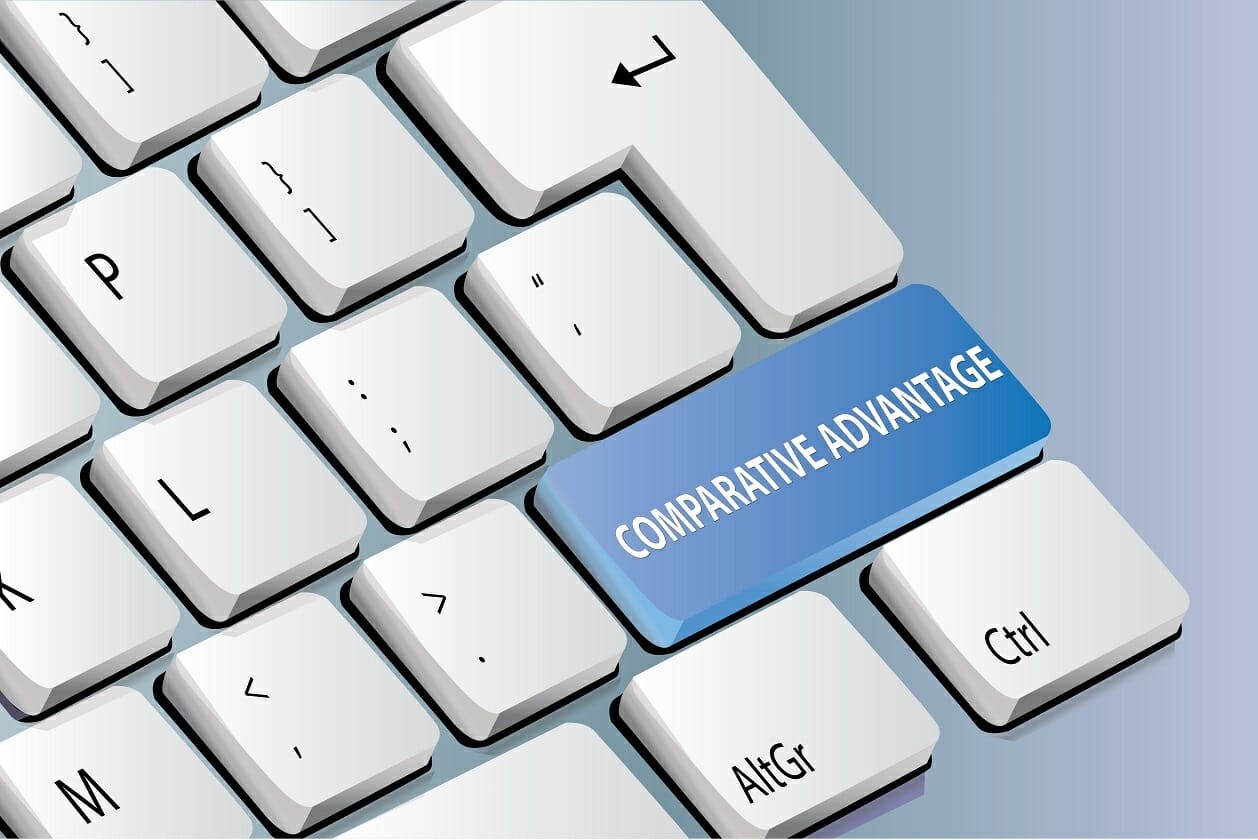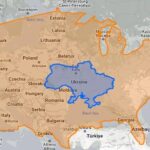Comparative advantage is a foundational concept in economics and international trade. It explains how countries can prosper through specialization and trade, even when one country might be more productive overall. This article will explore the meaning of comparative advantage and illustrate its practical implications with clear Comparative Advantage Examples.
What is Comparative Advantage?
In economics, comparative advantage arises when a country, individual, or business can produce a particular good or service at a lower opportunity cost than its competitors. This theory, famously developed by economist David Ricardo in his 1817 book Principles of Political Economy and Taxation, argues against protectionist trade policies and champions the benefits of free trade.
Ricardo’s work was a direct response to Great Britain’s Corn Laws, which restricted grain imports. He argued that by specializing in industries where they held a comparative advantage and engaging in international trade, countries could achieve greater economic prosperity than by trying to produce everything domestically.
Delving Deeper: Opportunity Cost Explained
To truly grasp comparative advantage, we need to understand opportunity cost. Opportunity cost is the potential benefit you miss out on when choosing one alternative over another. It’s essentially what you forgo when making a decision.
Consider a simple example: imagine a worker who can produce either 2 computers or 10 bushels of wheat in a day.
- If the worker chooses to produce 2 computers, the opportunity cost is 10 bushels of wheat (what they could have produced instead).
- Conversely, if they choose to produce 10 bushels of wheat, the opportunity cost is 2 computers.
Understanding opportunity cost is key to identifying comparative advantage.
Comparative Advantage vs. Absolute Advantage
It’s important to distinguish between comparative advantage and absolute advantage. Absolute advantage refers to the ability to produce more of a good or service than competitors, using the same amount of resources. A country can have an absolute advantage in producing many goods, but it’s comparative advantage that dictates what it should specialize in.
Comparative advantage focuses on relative efficiency and opportunity costs, not just absolute productivity. Even if a country is more efficient at producing everything (absolute advantage), it will still benefit from specializing in goods where its opportunity cost is relatively lower and trading with others.
Comparative Advantage Example: Wine and Cloth Production
Let’s illustrate comparative advantage with a classic comparative advantage example involving two countries: France and the United States, and two goods: wine and cloth. Assume labor is the only input for production.
- France: One hour of labor can produce either 5 units of cloth or 10 units of wine.
- United States: One hour of labor can produce either 20 units of cloth or 20 units of wine.
At first glance, the United States seems more productive overall; it has an absolute advantage in both cloth and wine production. However, comparative advantage tells a different story. To find the comparative advantage, we need to calculate the opportunity costs:
Opportunity Costs in France:
- Opportunity cost of 1 unit of cloth = 10 wine / 5 cloth = 2 units of wine
- Opportunity cost of 1 unit of wine = 5 cloth / 10 wine = 0.5 units of cloth
Opportunity Costs in the United States:
- Opportunity cost of 1 unit of cloth = 20 wine / 20 cloth = 1 unit of wine
- Opportunity cost of 1 unit of wine = 20 cloth / 20 wine = 1 unit of cloth
Analyzing Comparative Advantage:
- Cloth: The opportunity cost of producing cloth is lower in the United States (1 unit of wine) compared to France (2 units of wine). Therefore, the United States has a comparative advantage in cloth production.
- Wine: The opportunity cost of producing wine is lower in France (0.5 units of cloth) compared to the United States (1 unit of cloth). Therefore, France has a comparative advantage in wine production.
Even though the US is absolutely more productive in both sectors, it is relatively more efficient in cloth production, while France is relatively more efficient in wine production.
The Benefits of Trade Based on Comparative Advantage
How does specializing based on comparative advantage and engaging in trade benefit both France and the United States?
Let’s assume each country has a total of 100 labor hours available.
Production Possibilities without Trade:
- France (specializing in wine): Could produce 1,000 units of wine (10 units/hour 100 hours) or 500 units of cloth (5 units/hour 100 hours) or any combination in between.
- United States (specializing in cloth): Could produce 2,000 units of cloth (20 units/hour 100 hours) or 2,000 units of wine (20 units/hour 100 hours) or any combination in between.
According to Ricardo’s theory, if each country specializes in its area of comparative advantage and trades, they can both consume more than they could produce on their own.
- France specializes in wine production and produces 1,000 units.
- The United States specializes in cloth production and produces 2,000 units.
Now, consider trade. The US is willing to trade cloth for wine as long as it gets more than 1 unit of wine per unit of cloth (its opportunity cost). France is willing to trade wine for cloth as long as it pays less than 2 units of wine per unit of cloth (its opportunity cost). A mutually beneficial trade could occur at a rate of, for example, 1.5 units of wine for 1 unit of cloth.
Let’s imagine they trade: France exports 500 units of wine to the US and imports 333 units of cloth from the US (at a rate of 1.5 wine per cloth).
Consumption Possibilities with Trade:
- France: Consumes 500 units of wine (produced domestically) and 333 units of cloth (imported). This is more cloth than it could have produced on its own if it dedicated all resources to wine.
- United States: Consumes 1,500 units of wine (imported) and 1,667 units of cloth (produced domestically). This is more wine than it could have produced if it dedicated all resources to cloth.
Both countries benefit from trade. They can consume beyond their production possibilities frontiers when they specialize and trade based on comparative advantage.
The gains from trade for France specializing in wine are visually represented:
And the gains for the US specializing in cloth are shown here:
Real-World Comparative Advantage Examples
Beyond wine and cloth, comparative advantage examples are abundant in the real world:
- Technology: Silicon Valley in the US has a comparative advantage in technology innovation due to specialized labor, infrastructure, and a culture of innovation.
- Manufacturing: China has developed a comparative advantage in manufacturing due to lower labor costs and efficient production systems.
- Natural Resources: Countries with abundant oil reserves (like Saudi Arabia) have a comparative advantage in oil production.
- Services: India has a comparative advantage in IT and business process outsourcing due to a large English-speaking workforce and competitive labor costs.
- Agriculture: Brazil has a comparative advantage in coffee and soybean production due to its climate and vast arable land.
These comparative advantage examples demonstrate how specialization and trade, based on relative opportunity costs, drive global economic efficiency and prosperity. Countries don’t need to be the best at everything to succeed in global trade; they simply need to focus on what they do relatively best.
Conclusion
Comparative advantage is a powerful principle that underpins international trade and economic specialization. By understanding opportunity costs and focusing on producing goods and services where they have a comparative advantage, countries can unlock significant economic benefits through trade. The comparative advantage example of France and the US, along with real-world applications, clearly illustrates the power of this economic concept in shaping global trade patterns and driving mutual prosperity.

